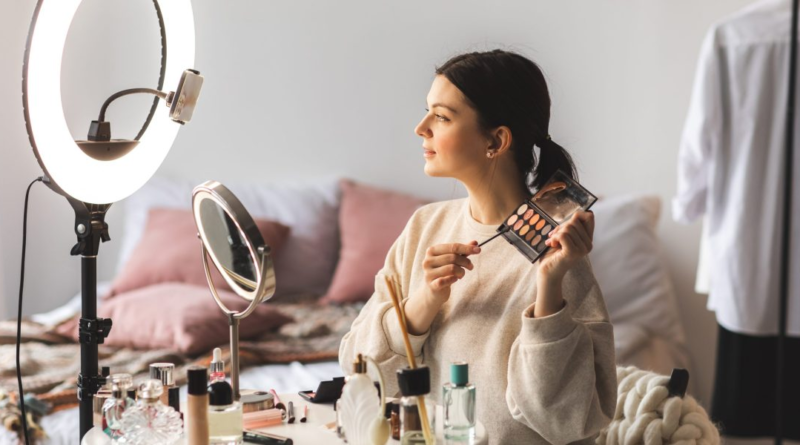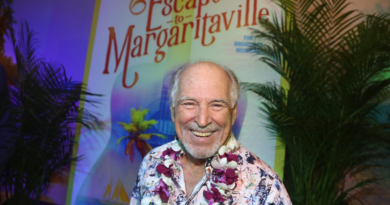Gen Z and millennials are rejecting consumer culture on TikTok and 'de-influencing' to protect their money
Whether they have 100 followers or 100,000, it seems like everyone on TikTok is trying to sell you something.
“Get Ready With Me” videos are a staple on the platform, in which the creator provides the affiliate details of every cream and tube of mascara they use and every item of clothing they wear that day in an impressive form of brand recall. “Sunday Reset” videos are filled with mentions of vacuums, surface cleaners, and the trendiest sponge to buy to make a home sparkle—and by extension, make your life better.
Viewers are fluent in the names of specific, trending items—and if they’re not familiar with the brand, they’re not afraid to ask. Open the comment section of a “Day in the Life” video, and you’ll find inquiries as to where the creator purchased their duvet cover, graphic T-shirt, or bookshelf. If a creator doesn’t respond, or doesn’t respond fast enough, he or she is labeled a gatekeeper (for those not fluent in TikTok phraseology, this is not a compliment).
To make the buying process as seamless as possible, creators with even a hint of a following boast Linktrees in their bios, allowing viewers to purchase everything they just saw in the video in just a few clicks. And if you can’t afford a $46 Charlotte Tilbury Flawless Filter, don’t worry, there’s a dupe for that (translation: a less expensive product similar to what you really want to buy), which a different influencer is all too happy to share.
It’s all become a bit much. But of course, for every trend, there’s a backlash. Enter the de-influencer.
De-influencers denounce a consumerist mindset
Over the past few weeks, scores of videos featuring creators “de-influencing” their followers have flooded TikTok’s For You Page. These videos denounce the consumerist culture inherent to the app. In some, creators clue viewers in on which products they absolutely do not need to waste their money on; in others, they muse on materialism more generally.
“Do not get the Ugg Minis, do not get the Dyson Airwrap, do not get the Charlotte Tilbury wand, do not get the Stanley cup, do not get Colleen Hoover books, do not get the Airpods Pro Max,” jokes one creator, listing off some of the app’s current trendiest buys. “If you do any of those things, a bomb is going to explode.”
The trend has taken off in the beauty and fashion realms in particular, highlighting the degree to which audiences are losing trust in influencers seemingly peddling a different moisturizer or eyeshadow palette each week. On an app where inauthenticity is death, being seen as a shill for a product you don’t actually use or like is the ultimate faux pas.
“De-influencing is being positioned as a form of offering frank digital advice, often as a way to break down hype or share the truth about a product, experience, or anything that just isn’t ‘worth it,’” Larry Milstein, cofounder of creative communications agency PRZM, tells Fortune.
It also dovetails with younger generations’ growing interest in conscious consumerism and sustainability, and comes amidst the ongoing pains of rampant inflation and growing economic uncertainty. With less money to spend on nonessentials each month, TikTok users are growing tired of being sold overhyped products in every video they watch. And while experts are still on the fence about whether a recession is imminent, nearly everyone on TikTok is convinced we’re already in one.
De-influencing as a concept is still evolving, says Emma Austin, a 24-year-old social media manager and content creator who has posted videos about the trend. But she’s excited to see more and more people talking about changing their relationship to consumerism generally.
“De-influencing is a movement to be more cautious with consumer habits and to be cautious about buying a product when it is overpromoted, over-talked-about, or is being promoted in a way that is too good to be true,” says Austin. “We’re in a recession, and people are much more inclined to gatekeep their money and be more careful.”
Still, Austin notes that as of now, the conversation is fairly limited: Most of the videos are still centered around a product, whether it’s to encourage people to buy it or to share a dupe for it.
But at the very least, it highlights the need for companies to rethink their relationship with influencers and the types of sponsorship deals they offer, she says. For example, Austin says she’s much more likely to follow people and try the products influencers talk about if she knows they’ve used them in their daily life for several months.
“People are realizing they don’t need 20 different blushes and bronzers,” says Austin. “It’s a really good opportunity for businesses to find influencers who have a really solid audience and build a long-term relationship with them.”
Learn how to navigate and strengthen trust in your business with The Trust Factor, a weekly newsletter examining what leaders need to succeed. Sign up here.



